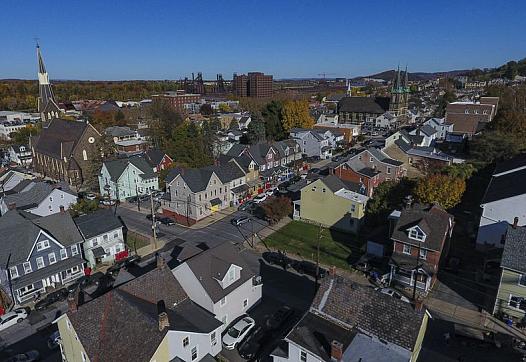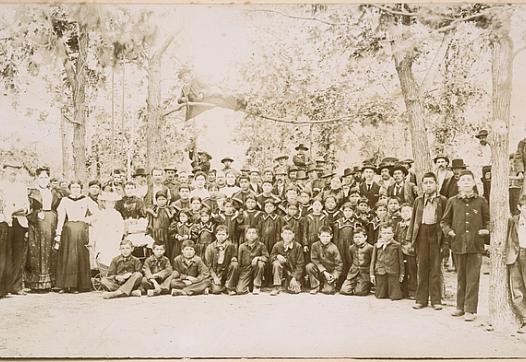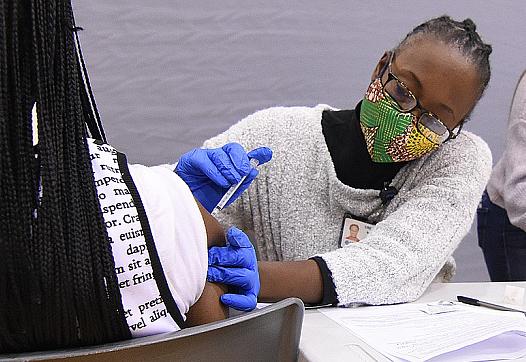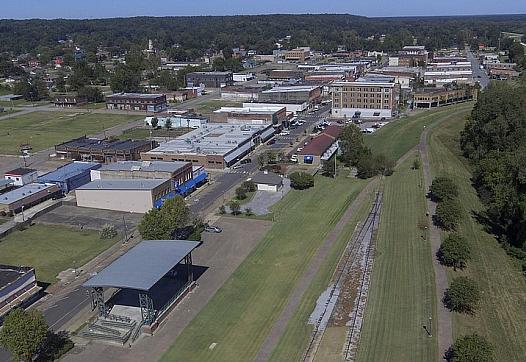
Lehighvalleylive.com launched the first in a series of stories exploring the changing face of South Bethlehem.

Lehighvalleylive.com launched the first in a series of stories exploring the changing face of South Bethlehem.

For decades, Native mothers and their advocates in Minnesota have been calling attention to the state’s child welfare system, which they say is inherently and unrelentingly stacked against them

Dr. Valencia Andrew-Pirtle began working in Blytheville more than 20 years ago as a family medicine specialist and, over time, she has learned the most dangerous disease Mississippi County faces is one she wouldn't have thought about decades ago.

The Central and Northwest metropolitan areas of Arkansas have grown in population over the past decade, but towns in the Delta — with the exception of Jonesboro — lost people in large numbers.

In recent years, there have been efforts to increase other competency restoration alternatives – like jail-based or outpatient methods – but for some people, those options are not always available.

“Grandma was in the system and now Mom is in the system and now the child is in the system … How can we expect our community members to even start healing?”

This article was produced with support from the USC Annenberg Center for Health Journalism’s 2021 Domestic Violence Impact Reporting Fund.

An examination of shortfalls in Texas' oversight of the state hospital waitlist spotlights unreliable data and records that aren’t kept, like the race and ethnicity of people on the waitlist and how many die each year before getting to the hospital.

By October 2021, the number of people stuck in jail waiting for a state hospital bed had grown to a new record of 1,838 people.

Maiya Ossipova was a divorced woman in her early forties with three kids when she met her future American husband on a dating website.